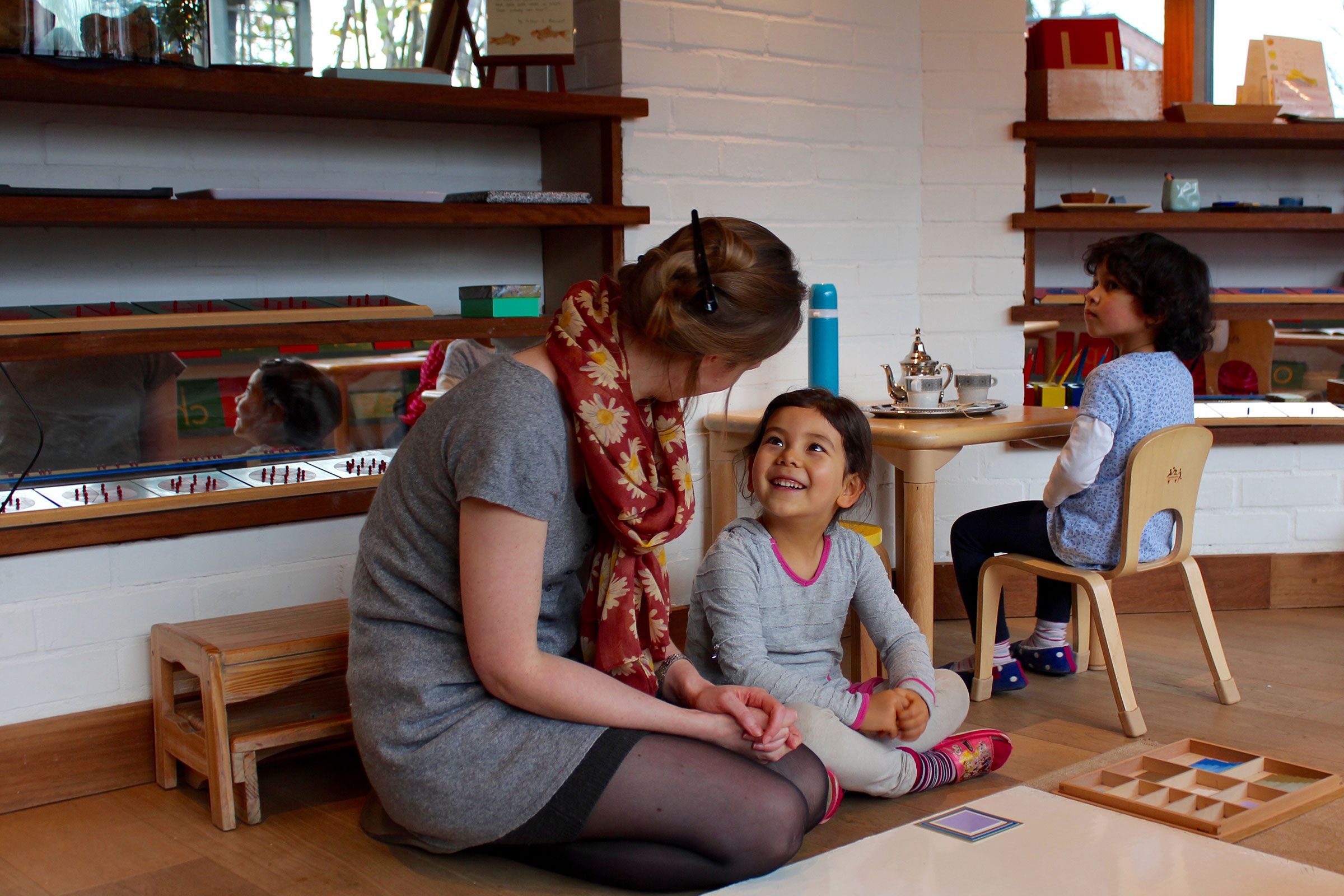In Chapter XXVI of The Absorbent Mind, Montessori describes the situation in which children are chaotic and what a teacher must do to gradually create conditions in which a child’s inner discipline emerges; inner discipline comes from within the child and is not something the teacher can create. All we can do is to be very clear about what conditions must be created, when to step in, and when to withdraw and not intervene. Freedom and Discipline are seen as two sides of a coin and you cannot have discipline without freedom. Does this mean we have no rules, no social structure, that the children are free to do whatever they want? At every age level we have one over-riding rule: you can do nothing to hurt yourself, others or the environment.” With only one rule, children don’t have to constantly remember what they can or cannot do. Also in The Absorbent Mind, Chapter XXV “The Three Levels of Obedience”, Montessori describes how a child can come to understand the social rules and how to obey them – but this is a process – a process that is more difficult for some children, especially children who are not used to living with rules/limits. Also, a prepared environment where children can freely choose to work with materials they have some knowledge of, an environment in which they are not manipulated but where they are offered the security of knowing the teacher will step in to interrupt evolving chaos or unrespectful behaviours, will facilitate a gradual settling in; children become calm and peaceful. Montessori says that “the Montessori teacher is constantly looking for a child who is not yet there.”
